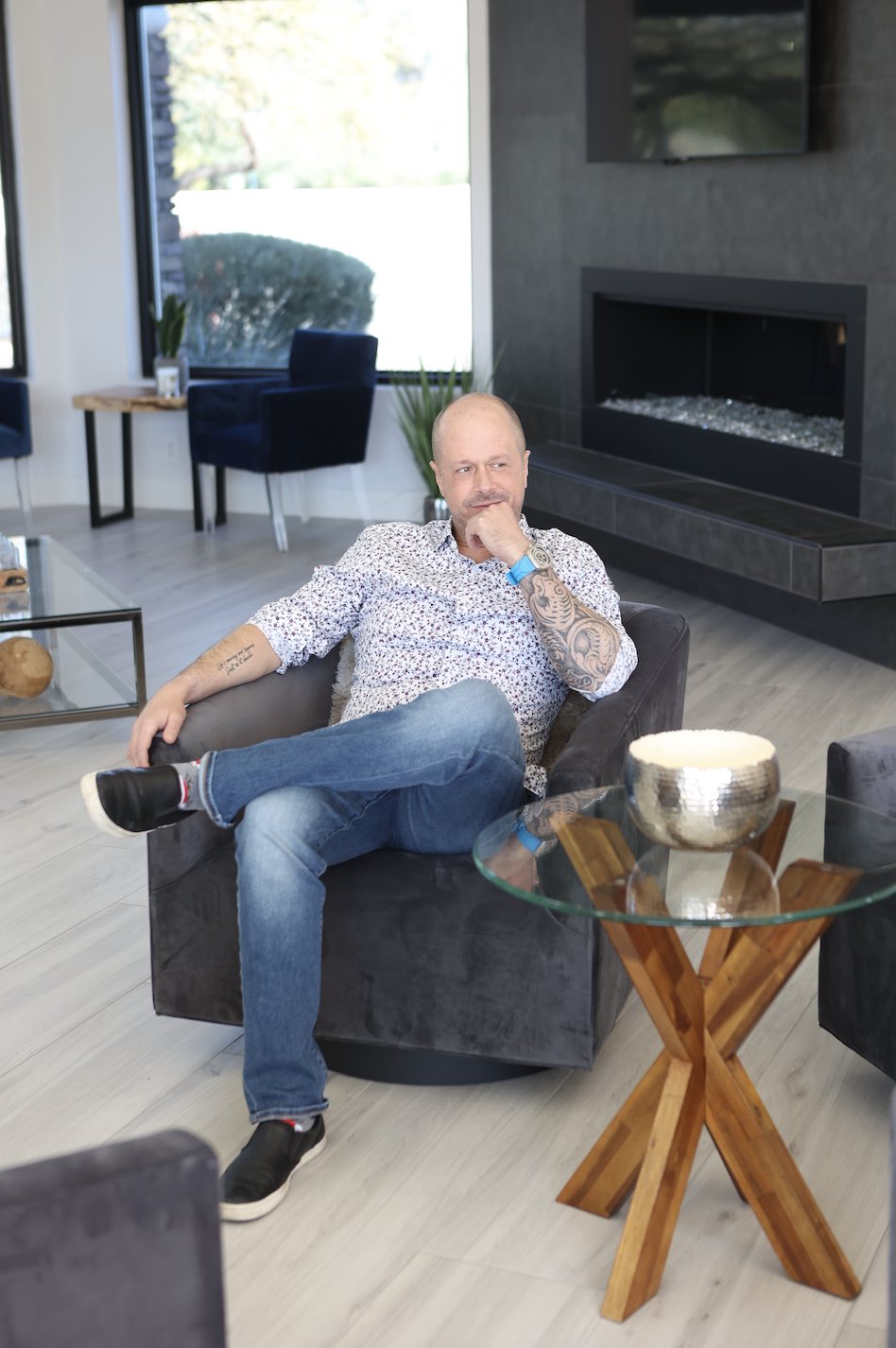
Not many people understand why Anthony Bompiani gave up his job on the bench to consult people around the world on how to navigate divorce and child custody cases. But for Bompiani, after his own divorce, the path forward was clear.
“As far as divorces go, mine was rather light and simple — we settled everything out of court,” says Bompiani. “Nevertheless, it was still devastating. It was so difficult that I lost a lot of weight, I couldn’t sleep, and I developed some minor health problems.”
After surviving the brutal process, Anthony Bompiani realized how difficult divorce could be for the average person if someone of his stature and decades-long law experience found it almost too debilitating to endure. So, he started to hold classes covering the things people should — but typically don’t — expect from divorce and custody proceedings.
Here he shares three of these lessons.
1. Your lawyer can’t do it all for you.
“I tell people they have to learn how to prepare their evidence, build their case, and gear up for their testimony,” says Bompiani. “But they usually think, ‘Wow, why don’t I just hire a lawyer?’”
Bompiani says part of the lifting in these proceedings falls on the spouses, not just their lawyers. “A lawyer can’t speak or testify for you,” he says. “You have to get on the stand and be subjected to cross-examination from the other attorney. That’s on top of talking to your ex daily and possibly co-parenting with them, too.” That’s why Bompiani stresses the importance of proper preparation. It’s something he can help with and prepare you for but, ultimately, it’s you up on the stand. And preparing for this brings us to his next tip.
2. You need to learn your triggers.
For Anthony Bompiani, divorce presents an opportunity to learn what you want out of a relationship. “It’s a chance for people to step back and realize they deserve to be treated better,” he says. So, instead of immediately jumping into a new relationship, Bompiani teaches his clients to work on their own triggers first.
“We all have certain triggers,” says Bompiani. “But what happens is that after a high-conflict divorce, we start to carry over those triggers. And then you get easily triggered by a new person, even though they’re not the one that inflicted all that pain on you.”
To help divorcees through this, Bompiani designed his program to teach people about their triggers and how to control them right from the start of litigation.
“I try to teach people to identify and control their triggers so they can gain a lot more personal power,” Bompiani says. “Once you do that, you can get control of how you react and how you don’t, how you’re perceived and how you’re not.”
3. Healing is not instantaneous.
Anthony Bompiani says people who seek divorce typically expect to feel free and liberated right after the proceedings wrap up. The reality, he says, is far from it.
“There’s going to be a time of healing,” he says. “It might be a few months, it might be a year, it might be ten years depending on how bad it was…you’ve got to focus on healing outside of that relationship because the person that you used to turn to for everything is no longer there to help you.” It can be a difficult and sometimes long journey but it can also teach you what you want and need in a future partner.
Advertising disclosure: We may receive compensation for some of the links in our stories. Thank you for supporting LA Weekly and our advertisers.
